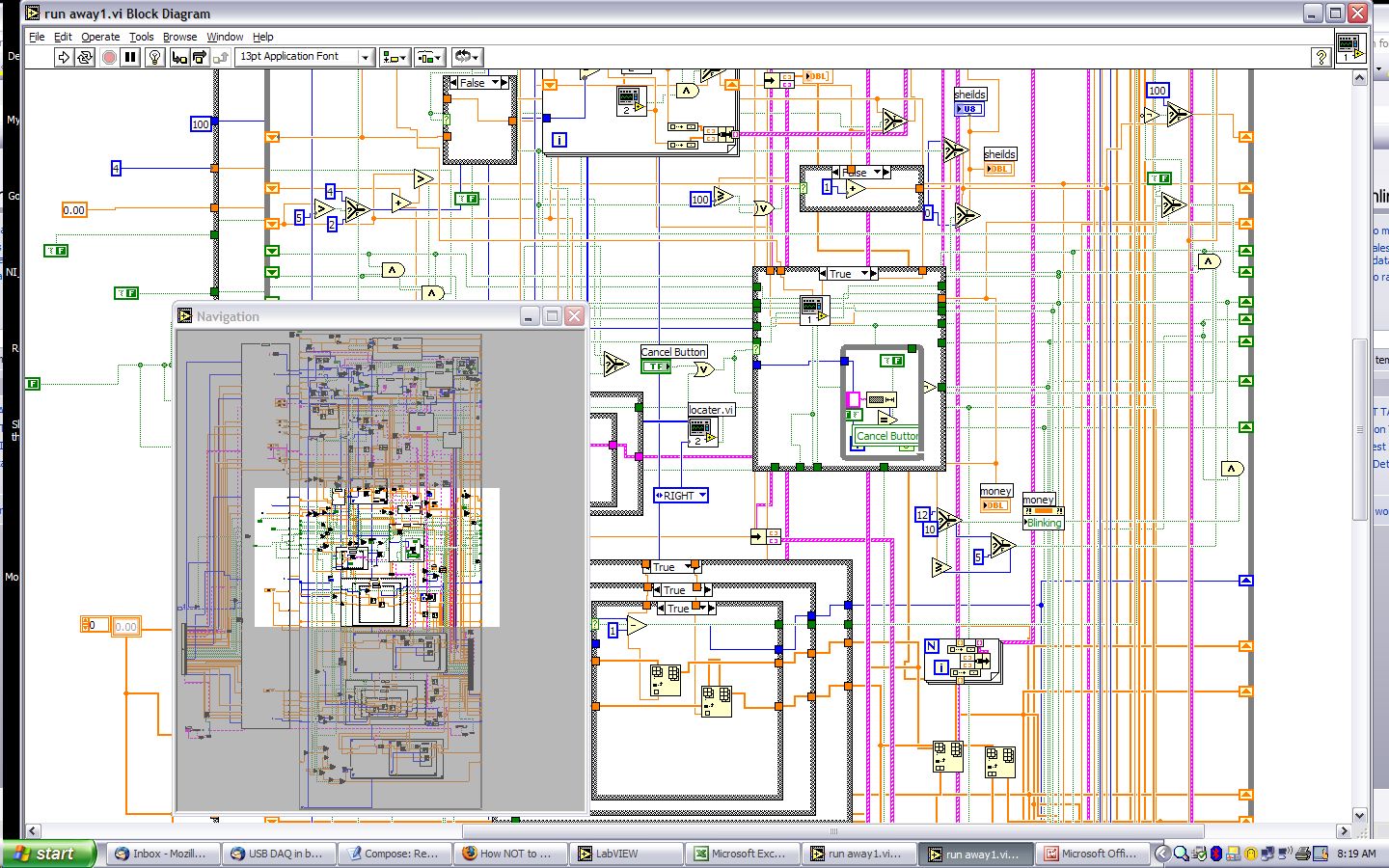Originally posted by wizard69
View Post
Moore's law is not anymore, performance will always matter
people can do any kind of language they want
it the case of this it might actually be useful to somebody
check out visual programming languages for something futuristic





Comment